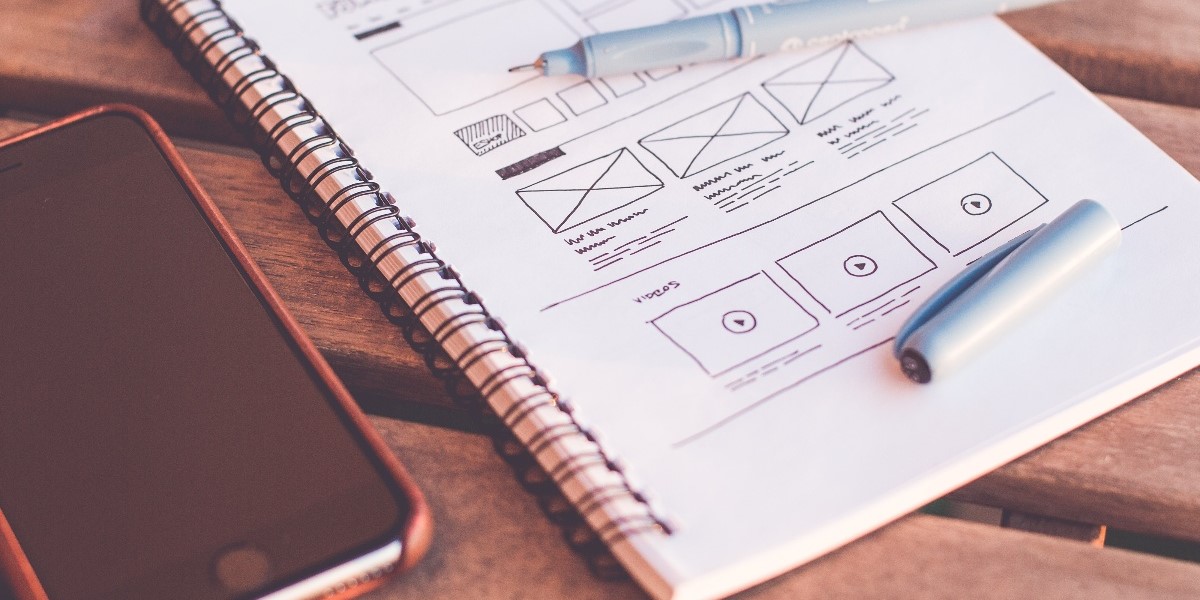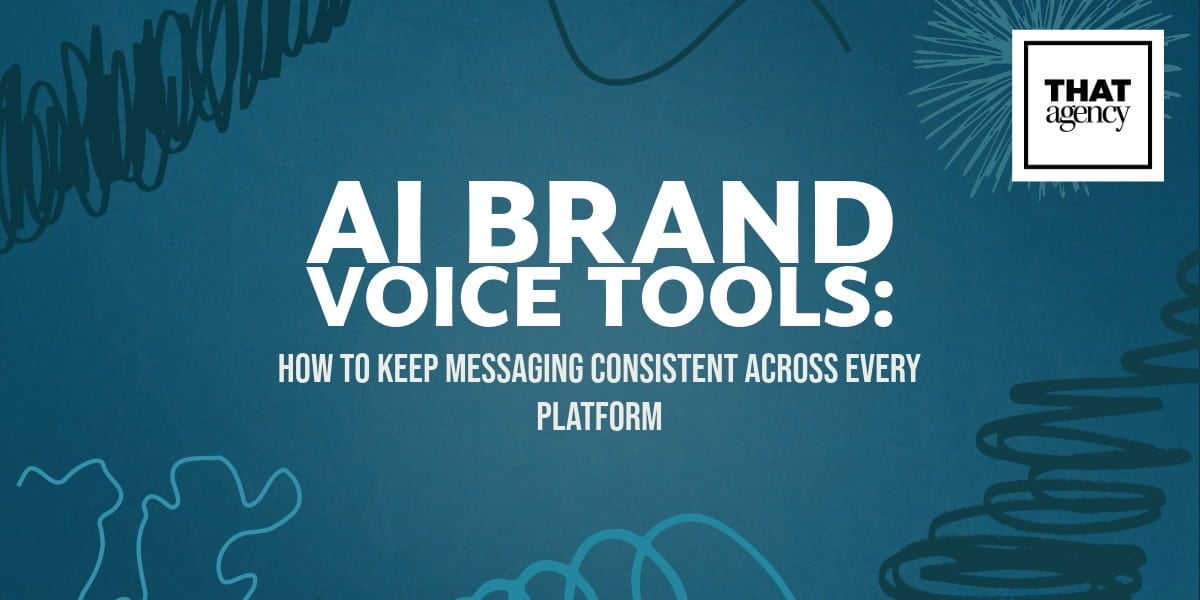The web design process (or redesign process) is daunting for any organization. It requires a significant investment in terms of time as well as resources. Organizations often feel intimidated and overwhelmed at the thought of developing new (or overhauling their existing) websites. This doesn’t have to be the case.
In the traditional web design process, the site launch is the end – you sit back, pop your bottle of bubbly, and wait to see how much your users love your new website (you hope). But, there is another way.

THE Growth-Driven Design PROCESS
In the growth-driven design process, the site launch is really the beginning of your efforts. Rather than sitting back and waiting to see what happens, you launch the site and actively engage with metrics and user data to continuously improve your site and the experience of your users based on real data. Your business is constantly evolving; your users are constantly evolving: why shouldn't your website follow suit?
The growth-driven design process is comprised of three stages: strategy, launch pad, and continuous improvement. Here's a look at each stage.
PHASE ONE: Strategy
The strategy phase begins with goals. First and foremost, you need to define the goals of your website – you can't build it and evaluate its success if you aren't crystal clear on what you are trying to achieve.
Once you have defined your goals, the next step in the strategy phase is to do a thorough website audit of your existing site. Take a deep dive into your analytics and examine how your users are finding you and what actions they are taking once they are on your site. Where are they dropping off? What pages have high bounce rates? What is working on the site? What content is converting best for you?
Again, like all your marketing efforts (especially in inbound marketing), understanding your end users, their needs, and their motivations is key to the success of your website. Your buyer personas are critical to this step in the process.
The research you performed should give you some ideas for your new website – both in terms of an overall strategy as well as of specific pages that you noticed were performing either very well or very poorly. Use this research and the ideas it spawned as a basis for brainstorming a wish list for your website.
In the beginning, this list consists of a brain dump of everything you can think of that you would like to have on the site. At this point, don't worry too much about the what and how of things, just brainstorm away and have fun with it!
After you have a list of everything you'd like on the site, go back and sort through it. The best way to do this is to prioritize the items on the list based on the clearly defined goals for your site that you came up with at the beginning of the strategy phase. Filter through your list and pick out the items that are absolutely necessary to achieve your site goals. Place these items on one list and the other items that are more "nice to haves" on another. From here, you can move on to the development of your initial launch pad website.
PHASE TWO: Launch Pad
After you have completed the strategy phase, the next phase is developing your launch pad website. This is where growth-driven design truly differs from traditional web design. The goal of the launch pad phase is to build a site that improves upon what you currently have (if you have a current site), but isn't the perfectly polished final product that you would be aiming for in a traditional web design process. Your launch pad site is merely a foundation upon which you will build and optimize as you work through the process of growth-driven design.
Data and analytics are at the heart of this process, as they should be at the heart of all of your marketing efforts. Once your initial launch pad site is up and running, you are able to collect real data and analytics on its performance to inform any changes that you make. Step back for a moment and think how much this differs from the traditional process of spending a significant amount of time and money putting together a fully fleshed out (hopefully perfect) site, and then holding your breath and hoping it performs as expected. The growth-driven design process gives you room to form a hypothesis of what you think will work for your site, based on data, and then test it and continuously improve upon it.
phase three: Continuous Improvement
Once you have developed and launched the initial iteration of your site, you need to make sure you focus on its improvement. It is in this area that the theory of growth-driven design really sets itself apart from the traditional web design process.
In this phase, you continually update your website wish list, incorporating ideas and refining the site based on what your analytics are telling you about user behavior. Again, your buyer personas are at the heart of this process. For each iteration or improvement to the website, ask yourself how it will relate back to one of your buyer personas and how it will provide value to them.
Just like in phases one and two, data should inform your decisions in this phase. In the initial strategy phase, you looked at your analytics data to help. In this phase, you will again go back to that data. The difference is, now your data will be telling you how your new launch pad website is stacking up against the goals that you set in the strategy phase.
Take a look at your data and compare it to a specific goal that you set during the initial strategy phase. Then, generate a hypothesis about how this goal could be improved upon, and develop a plan to test your hypothesis by either changing something or implementing something new on the website. Once you have implemented the hypothesis that you developed, your next step is to circle back and again look at the data to see what it tells you – is what you did working? Can it be improved upon more? This cycle is repeated until you have met the goal that you established in the beginning of the process.
In growth-driven design, you continue this cycle of continuous improvement until you reach your goals. This web design process enables you to make your website a living, breathing part of your overall marketing strategy, rather than just a static component. Incorporating growth-driven design into your organization and your website strategy is certainly a shift, but it is one that can benefit your inbound marketing efforts – and ultimately your bottom line.





